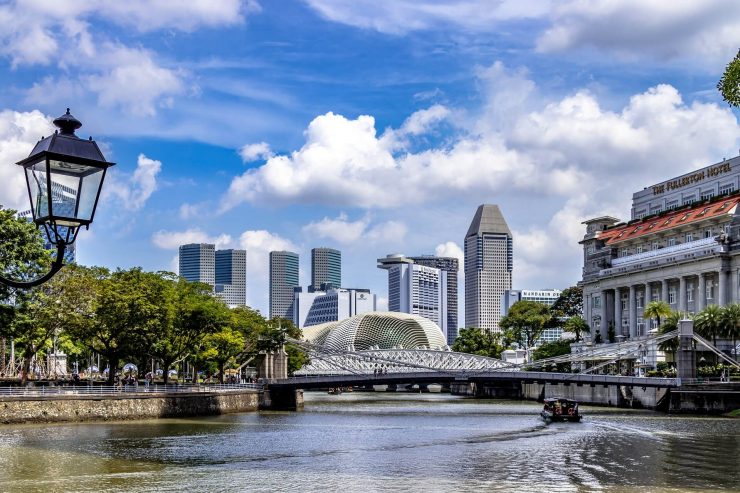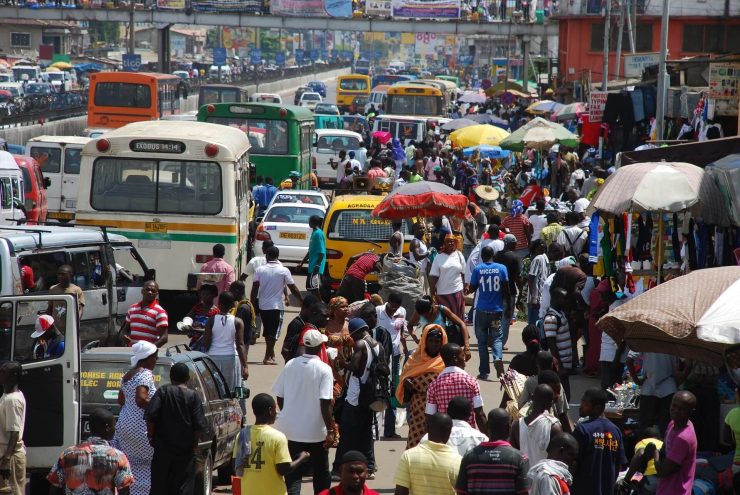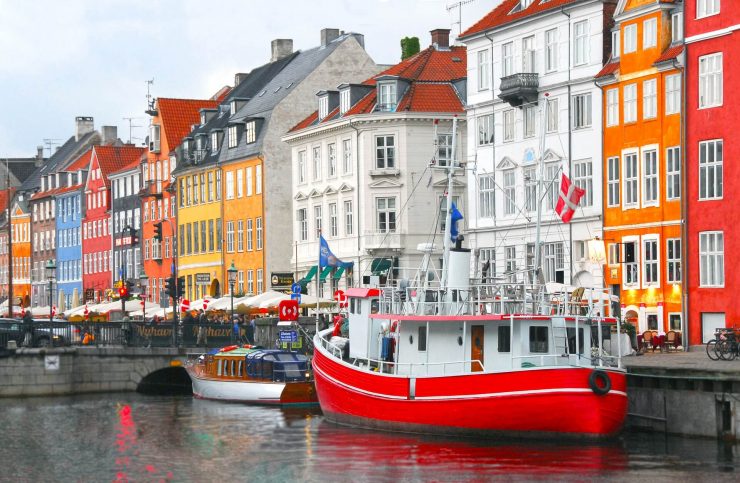Cities in focus – Valencia’s growing tech scene
Valencia is now making a name for itself as a growing tech ecosystem. With its excellent living standard, Mediterranean climate, affordable housing, and healthcare, Spain’s third-largest city is gaining more and more international attention.
Valencia came first in last year’s InternNations Expat City, ranking the best cities for expats to live in and first in the Quality of Urban Life Index.
With a population of just under a 1 million, Valencia has all the ingredients of a metropolis, yet it also appeals to those looking for a less crowded yet vibrant city.
Valencia’s tech community is interconnected, inviting and entrepreneurial.










